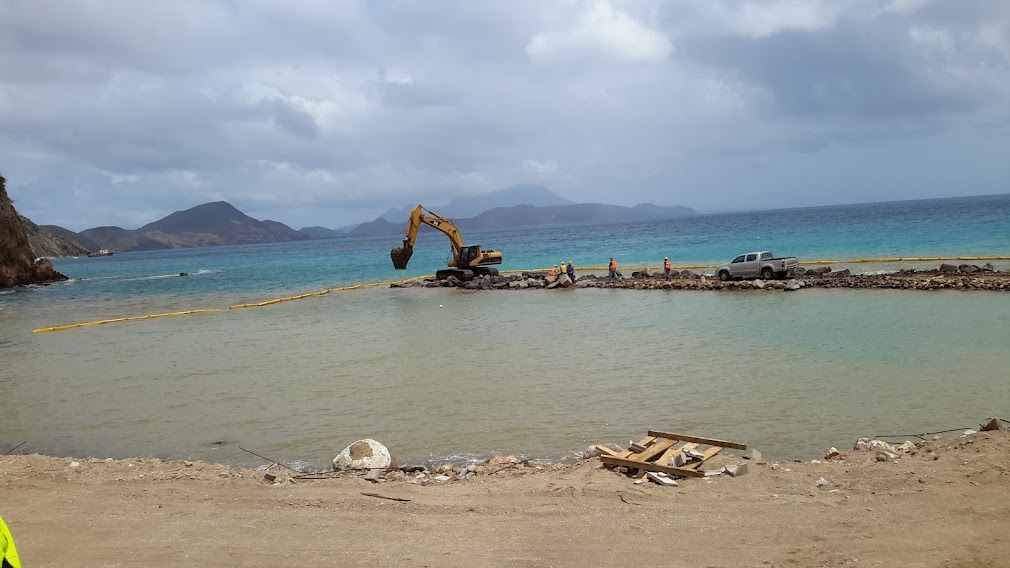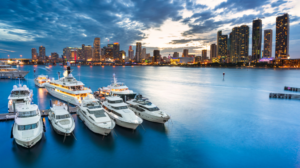Breakwaters are used to protect shorelines and harbors. Breakwaters are constructions constructed along coastlines to shelter beaches, dunes, ports, and bluffs from incoming waves. Because of the enormous expense of creating offshore breakwaters, the majority of them are built to defend the shoreline as well as provide navigational aids.
EF Douglas and Associates is an able Breakwater Construction Design Consultant Company that has been in existence in the field for years. We specialize in breakwater construction and maintenance, and we’re fortunate to be able to service the majority of the locations in St. Kitts & Nevis and beyond.

Keeping Harbors and Ships Safe
Building an underwater wall or a natural barrier such as a reef can safeguard harbors and ships’ anchorages. A rock barrier can be used to improve or extend other breakwaters.
Geotextile Tubes
Southern Dredging & Marine Geotextile Tubes and Bags are UV resistant sand-colored geotextile containers that are filled with sand either hydraulically or mechanically and utilized to defend the shoreline instead of stone, concrete, or other hardened systems. They are particularly essential in areas with little native stone or when a stone or concrete construction would detract from the area’s natural charm. Our GeoTextile Tubes are classified as “soft” armored constructions, making them easier to get permits than hard armored structures like concrete or riprap.
RipRap
RipRap is a type of massive stone armor intended to defend a shoreline or coastline from scour and wave action. Riprap is reliant on the soil on which it is planted, which must be solid and sloping. RipRap is made out of a rough, angular rock or stone armor layer, an underlying filter layer that keeps the rock from settling and allows groundwater drainage, and toe protection.
Caisson Break Waters
The inner face of a caisson breakwater has vertical sides and is used to dock vessels. The caisson is filled, which aids in preventing the caisson from tipping due to the waves crashing against it. In shallow water, the cost of construction might be significant, but it is less expensive than revetment breakers used in deeper water.




